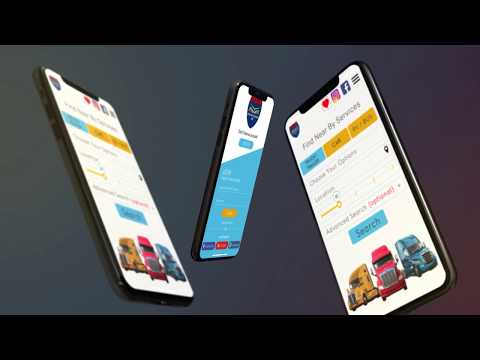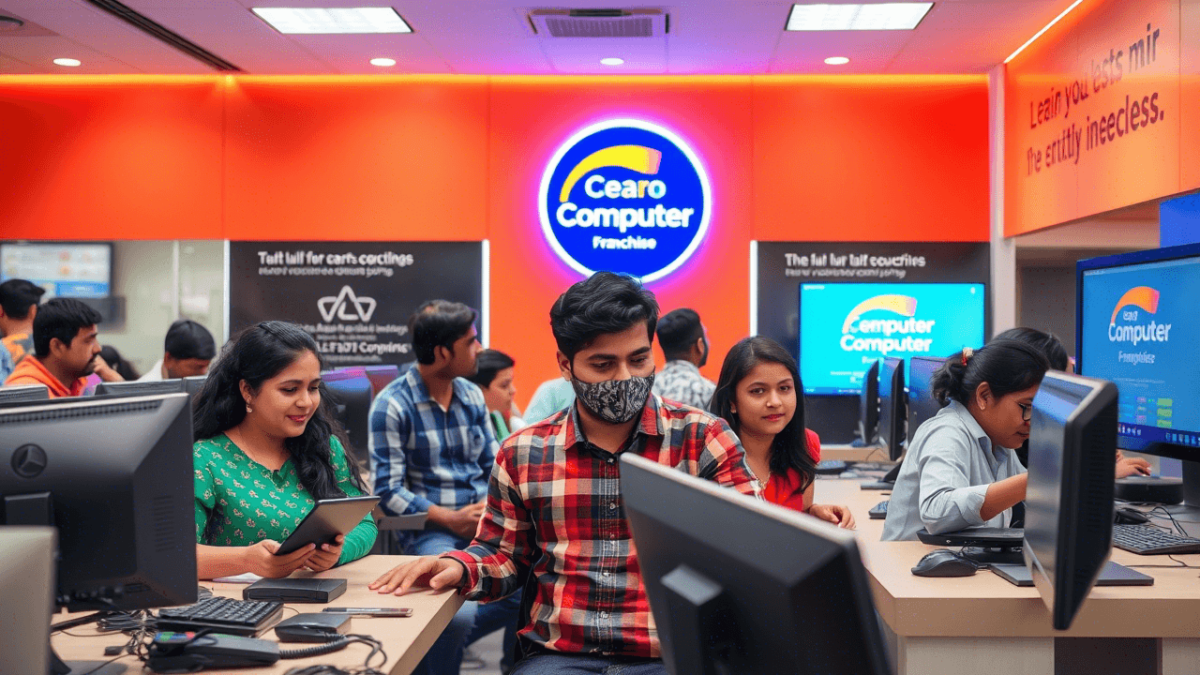Best Practices for Vehicle Maintenance to Adopt

If you are stuck in the hurdles of problems, then the appropriate vehicle maintenance is very important to avoid them. Effective vehicle maintenance is crucial for ensuring the longevity, efficiency, and safety of your fleet. By adopting best practices, fleet managers and individual drivers can minimize downtime, reduce repair costs, and enhance overall operational performance. One modern tool that can significantly contribute to streamlined maintenance processes is a truck repair app.
You must maintain your fleet in adverse weather with the right tools and preparation.
The mentality of “hold out as long as you can” has led many carriers to set aside much-needed maintenance by keeping their assets on the road longer and delaying investments for new equipment. Therefore, the downright challenges are:
- Skyrocketing costs for equipment, labor, and fuel
- Tighter supply for both new and used equipment and parts
- Longer delays in service combined with the loss of qualified technicians
- General economic uncertainty.
It all starts with the drivers:
The pre-and post-trip inspections are very important as they become vital and the equipment ages. Such daily inspections must be thorough, documented, and acted on.
The top vehicle violations that have caused the most out-of-service orders in the past and should be identified by the driver at the earlier stages are:
- Bad Tires(flat/leaking/worn)
- Defective Brakes
- Broken Lights
Some of the important practices for appropriate vehicle maintenance:
- Proper Inspection: The drivers should be trained to perform the proper inspection. The drivers are the main operating faculty on the road. They must be aware of what to look for, especially in the case of older equipment.
- Time for Inspection: The drivers should be reminded in case of a potential consequence for not looking over the defects like an on-the-road breakdown, an out-of-service order, citations, fines, costly delays, lost customers, or even a crash and litigation.
- Always conduct regular random observation of the driver’s inspections to ensure that they are not “pencil-whipping” the inspection reports.
- Always have your drivers complete a post-trip inspection (DVIR) every day.
- Expand the DVIR items to cover more than 11 items as required by DOT regulation. The rule mainly focuses on safety but it is necessary to keep all vital components functioning smoothly.
- The driver’s reports should be compared with the technician’s and roadside inspectors. Therefore, if the technician or inspector finds a defect the driver should have submitted the report so it is important to counsel the driver accordingly. The drivers must also be rewarded for violation-free roadside inspections.
- The mechanics and technicians address all issues drivers describe on their DVIRs. Job satisfaction can plummet if drivers’ concerns are not taken seriously.
Use advice:
The correct tools are necessary to ensure the regular inspection process runs smoothly and efficiently, which will result in safer vehicles on the road. The Electronic DVIRs (eDVIRs) will support all these goals. Therefore, an effective eDVIR system can:
- Will ensure the ongoing DOT compliance
- Will support in organizing, analyzing, and tracking volumes of inspection data.
- Will route the adequate information to the correct people at the right time so that all the defects are repaired and the vehicles remain in absolute working order.
- Will help in spotting trends and prioritizing the maintenance of the aging fleet.
Maintenance Vs Repair:
There is a lot of difference between the maintenance of vehicles and repairing them. The maintenance is a prepared process based on the fleet’s preventive maintenance (PM) program.
The repairs are what needs to be done when the vehicle is not maintained properly. The approach of vehicle maintenance is proactive and vehicle repair is reactive. The repair happens unexpectedly on the road and it costs more than the preventive maintenance routine.
The older units are more prone to breaking down and they need more repair, so accurate inspections and preventive maintenance are very vital for keeping them functioning for a long time.
Taking these actions will improve your fleet maintenance according to the present market situations:
- Consider Evaluating the Preventive Maintenance schedule and adjust it according to the mix of changing equipment.
- The PM schedules are based on asset utilization with the sole emphasis on preventing breakdowns.
- The overused vehicle will result in increased wear and tear. Therefore, it is important to look at the data and see which vehicles are used mostly and equalize the usage according to the fleet.
- Prioritize the repair, by focusing firstly on safety, secondly on reliability, and thirdly convenience. It means the replacement of the balding tire, routine changing of oil, fixing air conditioning, etc.
- The technicians should have a formulated proactive approach rather than a reactive one.
- There is a very close relationship between maintenance and fuel usage. Therefore, for better maintenance, optimum use of fuel.
- Always invest in personnel. It is important to keep the drivers and technicians happy and satisfied. The companies with the best maintenance programs and operational vehicles always deliver significant performance.






